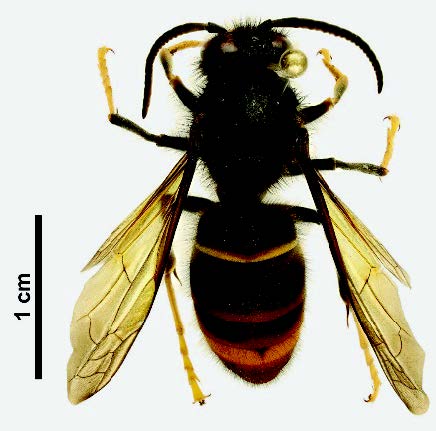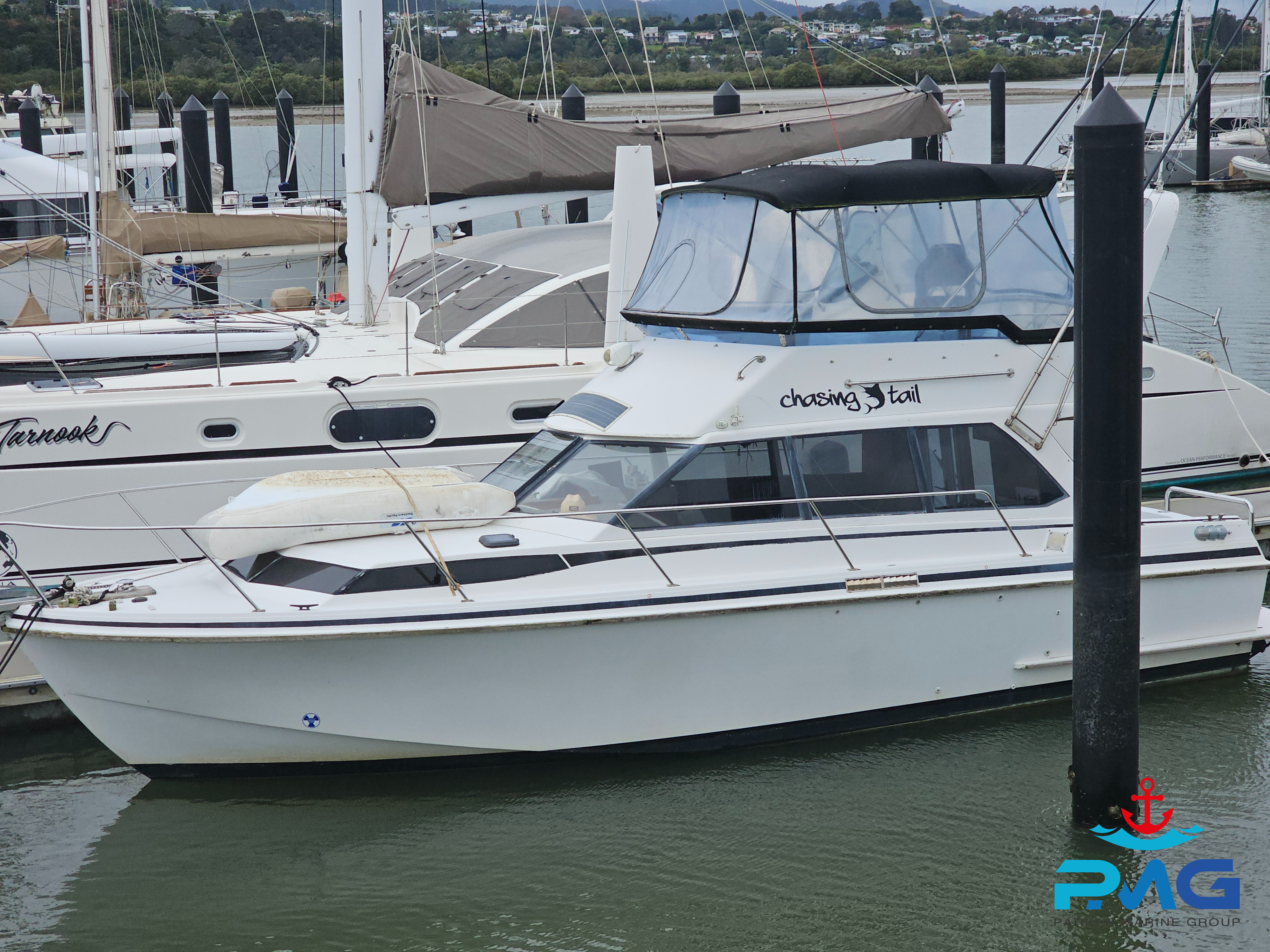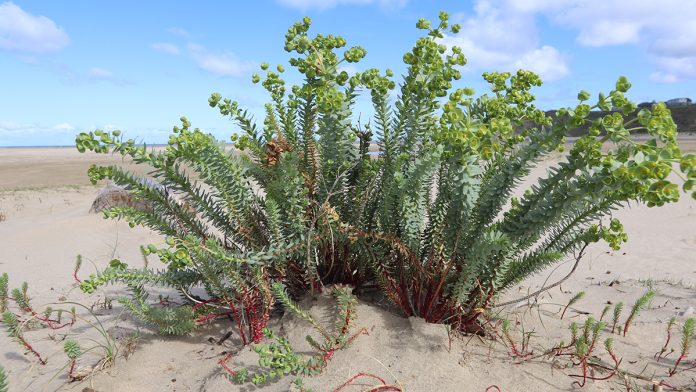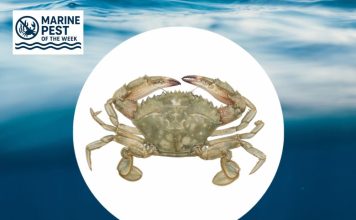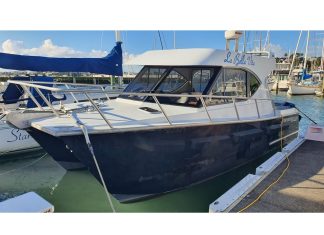First detection in New Zealand
Aucklanders are being urged to keep an eye out for yellow-legged hornets (Vespa velutina) after Biosecurity New Zealand confirmed the first local detections of the invasive species on the North Shore.
Since the first sighting on 17 October, officials have located and safely removed four queen hornets and their nests—three in Glenfield and one in Birkdale, roughly 1.3 kilometres from the initial find.
“We responded quickly to this threat, but we continue to need the public’s help to eliminate any further risk,” says Mike Inglis, North Commissioner for Biosecurity New Zealand.
Public response and surveillance
Authorities say the public response has been exceptional, with more than 1,000 notifications received by email and phone since the call-out began. No new confirmed finds have been recorded since the weekend.
To strengthen surveillance, 120 traps are being deployed in targeted areas around previous detections.
“We’re laying traps in a measured way in the areas where females have been found,” Inglis explains. “By the end of today, we’ll have 120 traps in the field.”
Why it matters
The yellow-legged hornet—native to Asia and now widespread across Europe—poses a serious biosecurity threat to New Zealand’s environment and economy. The species preys on honeybees and wild pollinators, which are essential for both native ecosystems and commercial horticulture.
While other nations have learned to manage established populations, Biosecurity New Zealand’s goal is eradication.

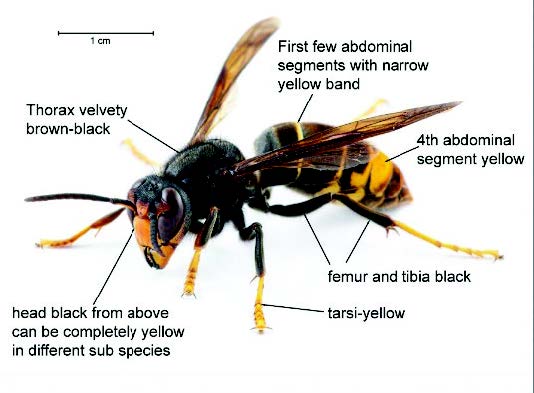
“Many countries throughout Europe and Asia have the yellow-legged hornet and manage it. However, we don’t want it here,” Inglis says.
How to recognise and report them
Yellow-legged hornets are medium-large, dark-bodied insects with distinctive yellow legs and a narrow waist between the thorax and abdomen. They are smaller than the Asian giant hornet (Vespa mandarinia) but still aggressive when defending a nest.
Members of the public should not attempt to handle or destroy any suspected hornets or nests. Reports are only requested if a specimen, a clear photo, or a visible nest can be provided.
Report sightings via:
- Website: report.mpi.govt.nz
- Hotline: 0800 809 966 (Biosecurity New Zealand exotic pest and disease hotline)
Vigilance on and off the water
For boaties and coastal communities, the message is clear: stay alert and report. Nests are often built in sheltered, elevated spaces—such as under eaves, in trees, or within shoreline vegetation—areas frequently visited by local sailors and fishers.
New Zealand’s track record in biosecurity relies on public awareness, and this early detection on Auckland’s North Shore shows how fast coordinated action can make a difference.
“It’s a fantastic response from the public so far,” Inglis says. “We’re tracking it down—together.”








